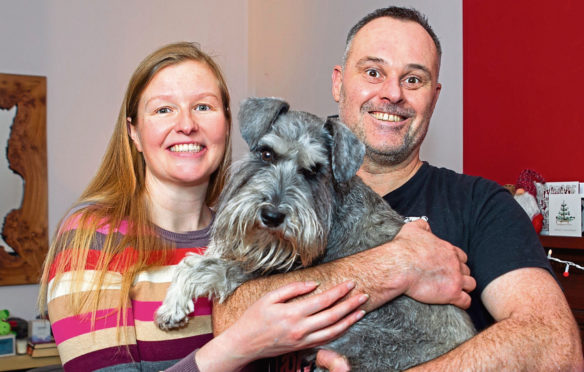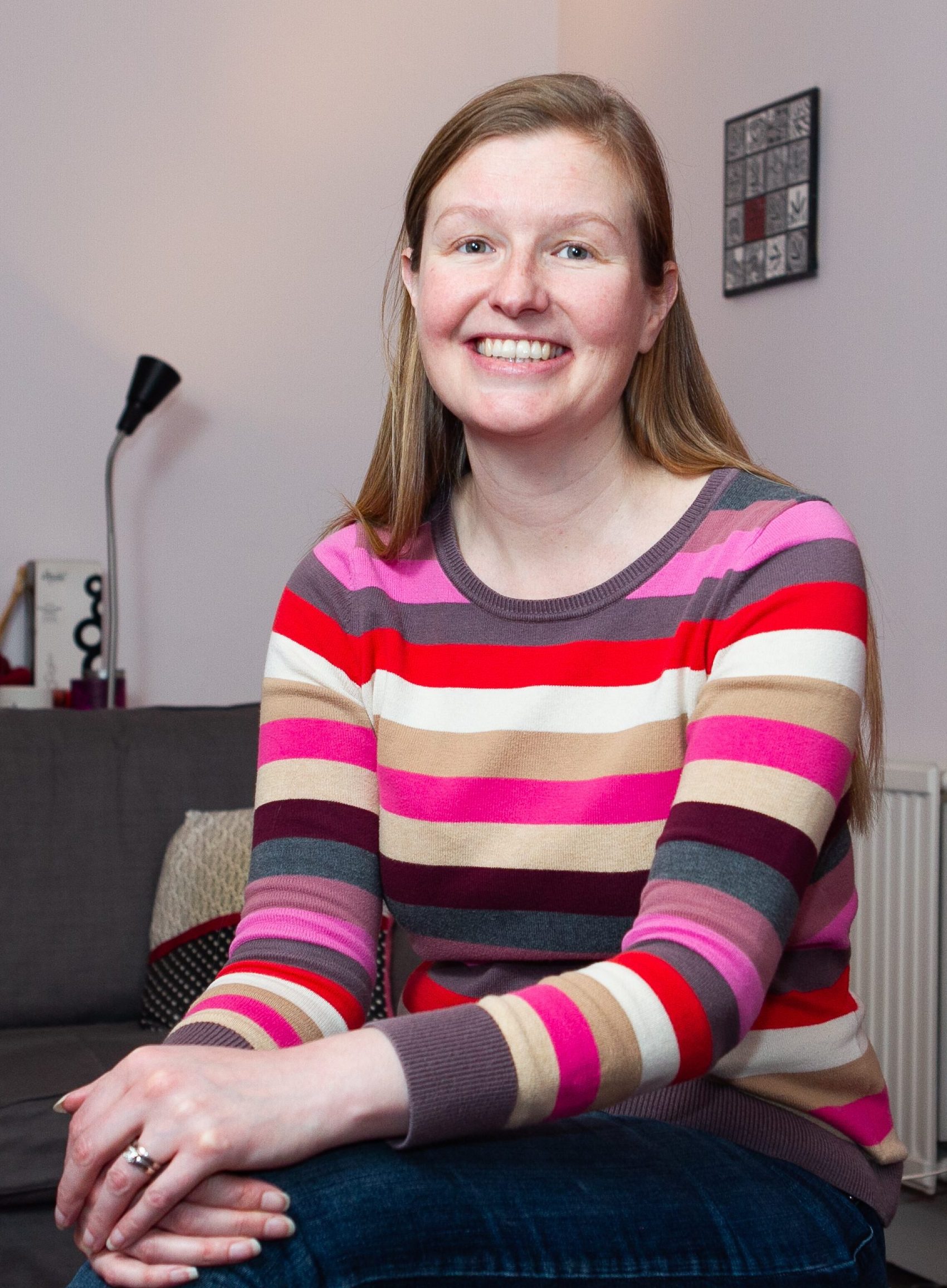
She might have been on the other side of the world but few Scots will have celebrated the bells more than Suzanne Graham as, only 12 months ago, doctors feared she might not see another New Year.
After feeling unwell in the run up to Christmas in 2018, Suzanne, 41, managed to spend just an hour celebrating with family before having to return home to bed, suffering from flu-like symptoms.
When her condition didn’t improve after a few more days, she visited her GP surgery, where her doctor’s fast-thinking helped save her life.
“I honestly just thought I had the flu,” explained Suzanne, who lives in Glasgow with her husband, Neil, 46. “But after Christmas I wasn’t getting any better at all, and I was struggling to sleep at night. I wanted to let Neil get some sleep of his own, so I was sat up Googling my symptoms in the middle of the night.
“A friend of mine had pneumonia two years ago, so after that experience I thought maybe some of my symptoms were similar. I found a table that compared the difference between pneumonia and flu. That’s when I knew I was much sicker than I first thought.”
Suzanne lay awake waiting for her GP’s reception to open at 8.30am on December 28, and managed to book an appointment for 10.30am the same day. At this point, Suzanne was feeling so weak, Neil had to drive her to the surgery.
After seeing just how bad her condition had become, Suzanne’s GP measured her blood oxygen and listened to her chest, before quickly making the decision to phone an ambulance. Suzanne said: “I remember my GP saying, ‘I don’t want to alarm you, but I will be calling an ambulance’. My blood oxygen was around 80% but I had no idea how serious it was.
She added: “I remember being taken into the ambulance, and perhaps the first few minutes of the journey and that’s when my memories stop for about the next 10 days.”
Suzanne was taken to Queen Elizabeth University Hospital, where she was placed in the intensive care unit and put on a ventilator to help her breathe.
However, her health continued to deteriorate and doctors diagnosed Suzanne with acute respiratory distress syndrome and sepsis, a life-threatening reaction to infection which causes the body’s immune system to overreact and attack its own tissues and organs.
Despite being attached to a ventilator, Suzanne’s body wasn’t receiving enough oxygen, and there was only one treatment left that could help save her – and the only equipment available for the procedure was at Aberdeen Royal Infirmary – 145 miles away.
Suzanne needed an extracorporeal membrane oxygenation machine (ECMO), which pumps and oxygenates a patient’s blood outside of the body, allowing the heart and lungs to rest and heal. The training required to administer the machine is very specialised, and so a team of two doctors and three nurses volunteered to drive through the night to Glasgow, reaching Suzanne just in time.
After stabilising her condition, the team transferred Suzanne to Aberdeen. After three days, she was able to breathe on her own.
Now, fully recovered and having celebrated Christmas in New Zealand, Suzanne describes herself as “the luckiest woman in the world”, and praises the hard-working NHS doctors and nurses who abandoned their own festive plans to ensure she could see another one.
She said: “I am just so lucky. Everyone in the NHS went above and beyond to help me, and I can’t thank them enough.
“I have memories from my time in hospital, but a lot of them are just hallucinations because I was so unwell and delirious. Everything I know about my treatment has come from my husband and family.
“It’s very strange to have a near-death experience, but I feel like it was my family who really lived through the trauma and it was in ways much worse for them.”
Despite completing a PhD in immunology many years ago, Suzanne admits she knew very little about sepsis before she became ill, and now wants to raise awareness of the complications that can arise.
She said: “I originally thought sepsis was bacteria in the blood, but since going through this experience, I realise it is much more complicated. I am extremely grateful that I fully survived because I know many others are not as lucky.”
She added: “I am thankful every day for the NHS and my family. When the little things in life feel like they are taking over, I remind myself what we’ve all been through and this helps to identify what’s really important. Look after yourself and your loved ones. At the end of the day that’s all that really matters.”

Enjoy the convenience of having The Sunday Post delivered as a digital ePaper straight to your smartphone, tablet or computer.
Subscribe for only £5.49 a month and enjoy all the benefits of the printed paper as a digital replica.
Subscribe © Andrew Cawley
© Andrew Cawley